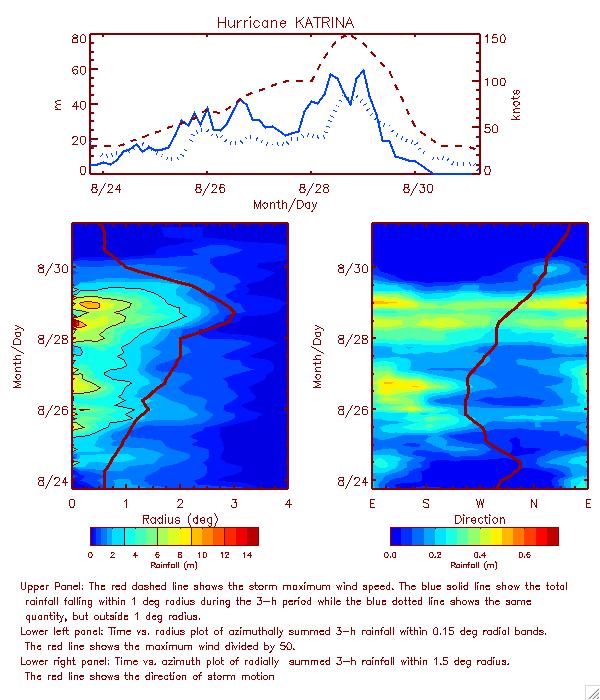The 2nd TRMM International Science Conference
Dates
Location
Nara, Japan
Mission Affiliation
Content which is associated solely with the Tropical Rainfall Measuring Mission.

An update on TRMM from NASA headquarters, including an overview of the mission and its importance to society.